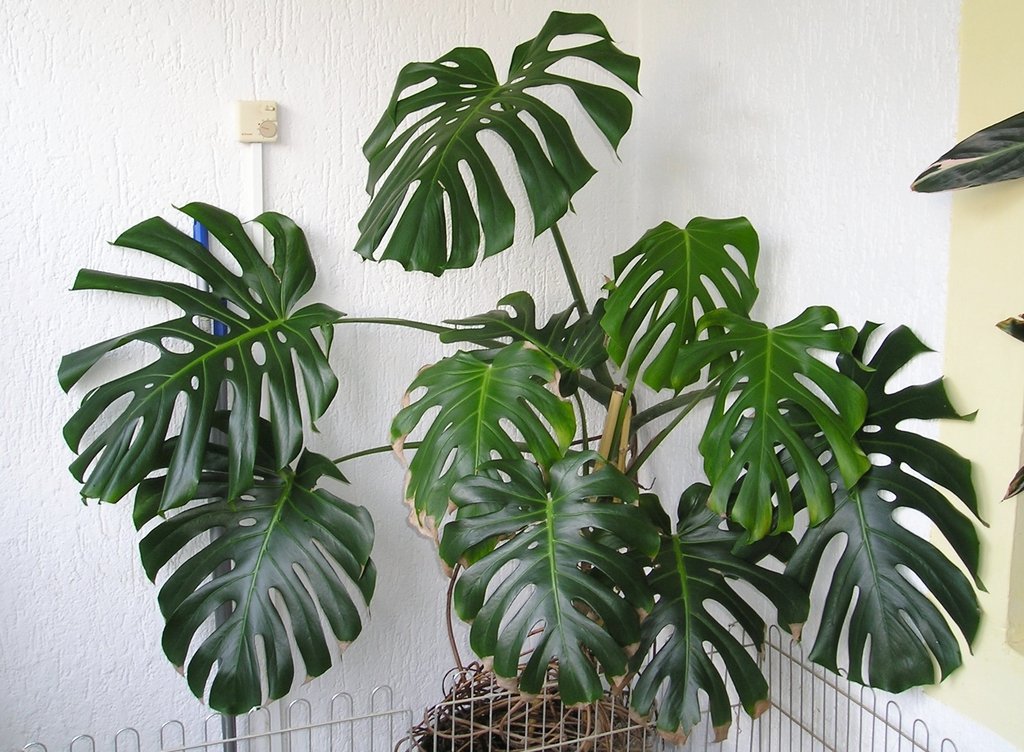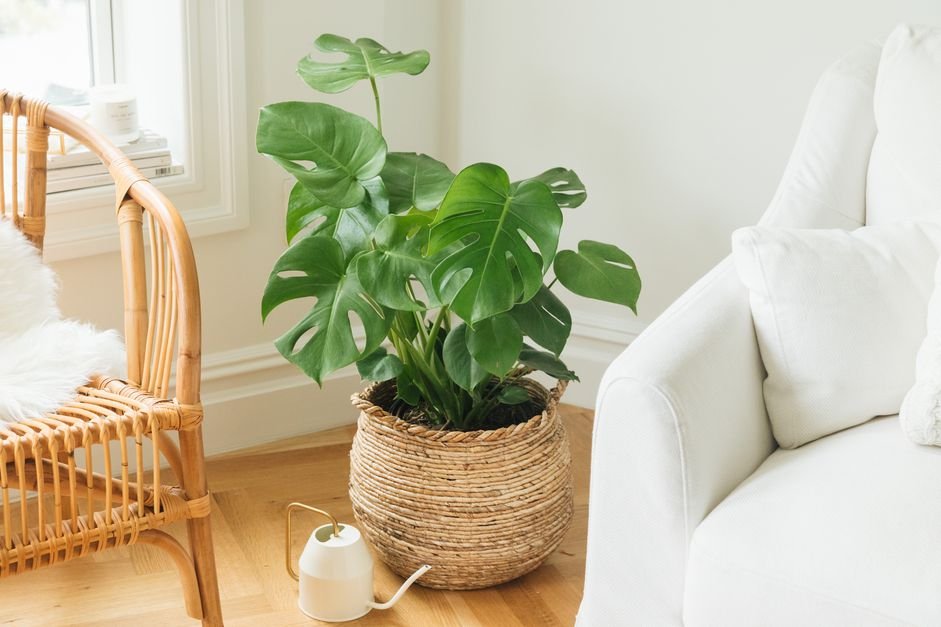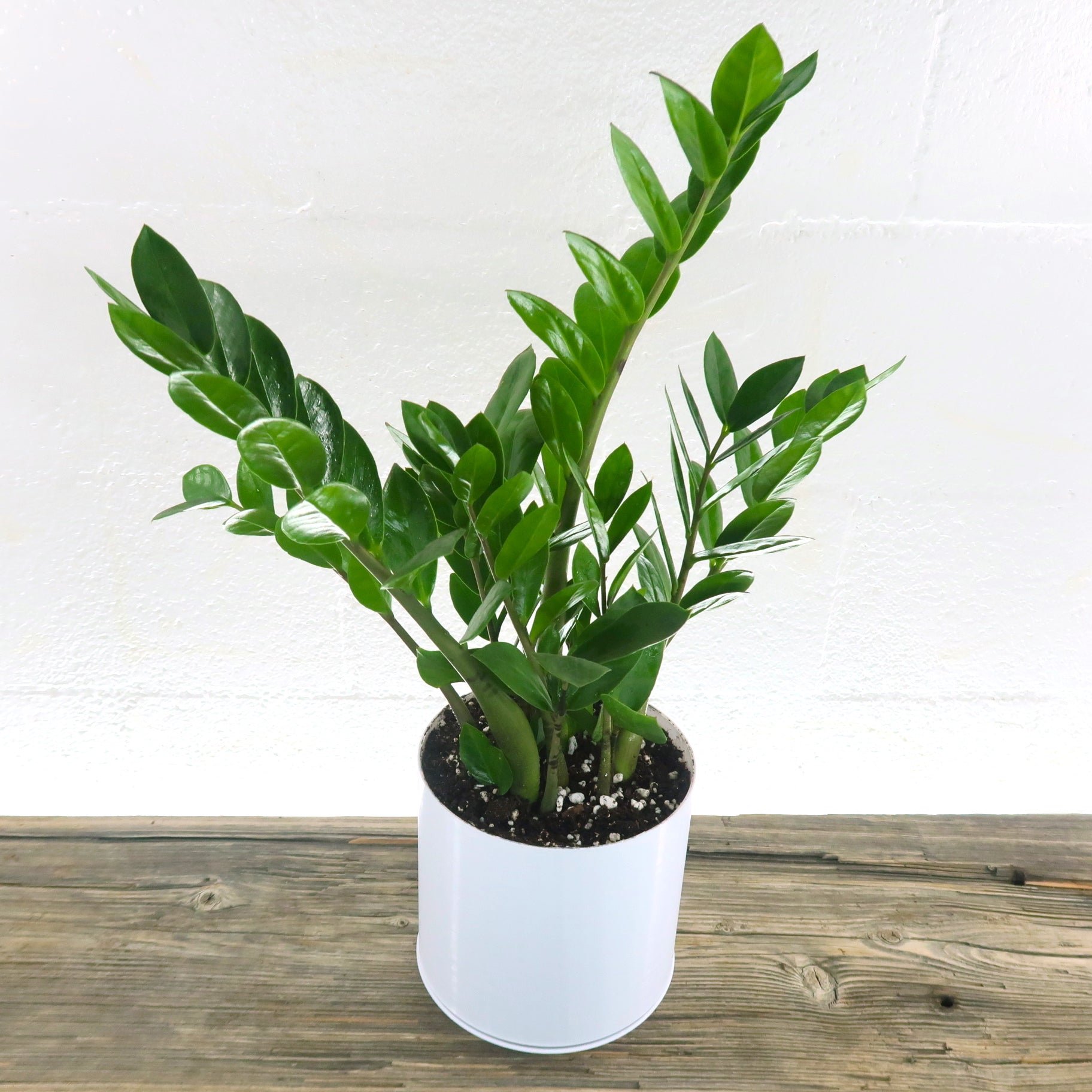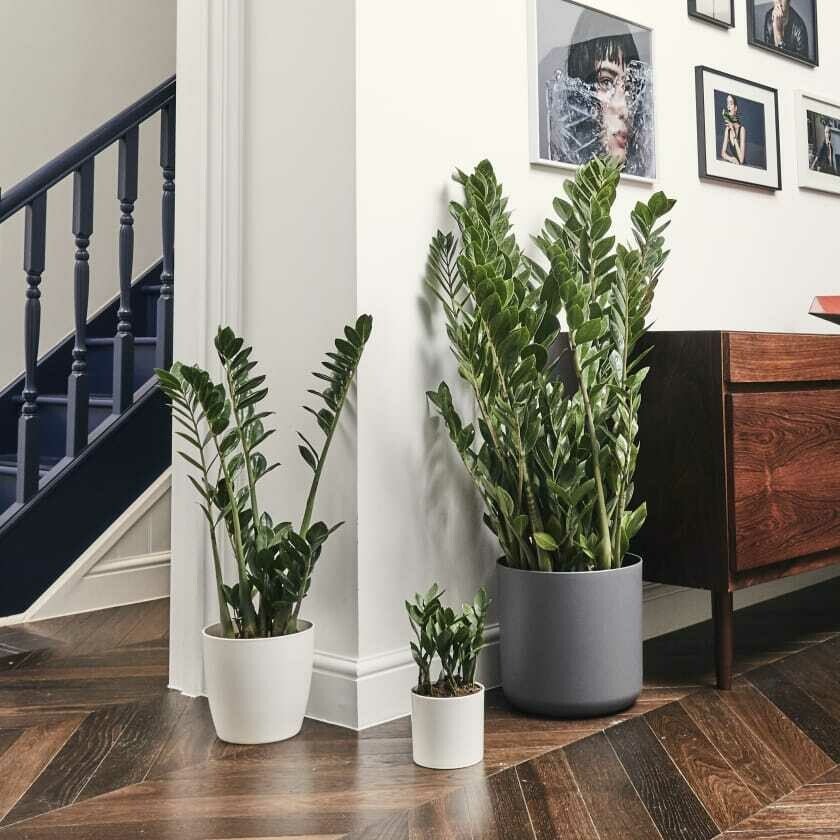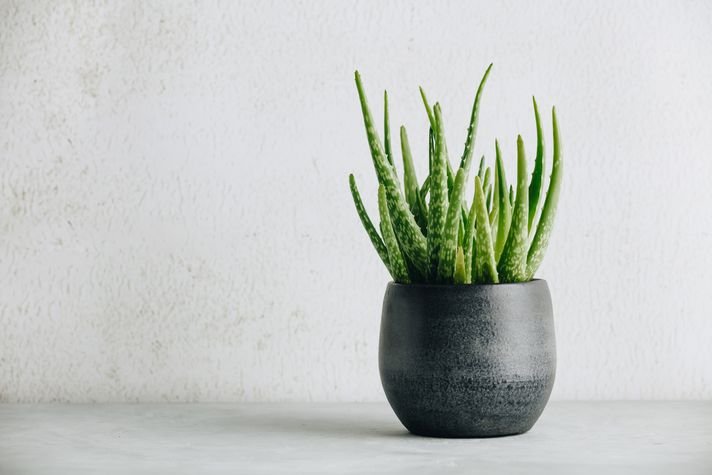Sage Advice: A guide to the world of houseplants
As the pandemic spread and we became increasingly confined to our indoor spaces the need to connect with nature in one form or another became evident. Speaking from my own experience in lockdown, the cactus I bought elevated the space and radiated peaceful vibrations. That was until I knocked it over and killed it but the impact was simply undeniable. The pandemic may be waning but that doesn't mean we can't strive to create the most idyllic possible spaces in our own homes and apartments. I have put together the following guide to starter houseplants and houseplant care that will help you turn your room into a verdant oasis.
1. Monstera Deliciosa
The latin name of this plant comes from the tasty fruit it bears in its natural habitat, unfortunately in indoor conditions it’s fruitless. While not a potential source of nutrients, it remains quite beautiful to look at with its broad green leaves full of splits and holes that are the source of its more common namesake, swiss cheese plant. This plant can grow to some unbelievable sizes if cared for properly, making it an ideal space filler. Hailing from the Central American rainforest, monstera ideally prefers indirect sunlight, slight humidity and 70 degree temps. What makes this plant so great is it’s quite hearty and drought resistant so even the most unreliable plant moms and dads can keep this beauty alive.
2. Sansevieria
One look at this plant and you can see where it gets its most common nickname, snake plant. Its stiff yet wavy elongated leaves stick straight up out of the soil giving the impression of snakes bursting from the earth. Contrary to this moniker, snake plants are a pleasure to deal with and it's a large reason why they're so ubiquitous. They are at home in low and full light and can handle even the most neglectful watering; in fact overwatering is more of a concern. A fun fact about the snake plant is that it is a prolific air purifier, a fact verified by NASA as they found one plant per 100 square feet was enough to purify the space station.
3. Zamioculcas Zamiifolia
More commonly referred to as the ZZ plant, this is the ideal plant for those who shudder at the thought of needing to regularly maintain or water their plants. Native to drought prone eastern Africa, the ZZ plant can handle sparse watering with a recommended average of every 2-3 weeks. It’s actually important to have it in dry soil conditions most of the time. It can handle both low and high light conditions and is just fine in average humidity conditions. It's not hard to see why it has become one of the go to plants for people who want some foliage but aren't ready for the commitment. Like the snake plant the ZZ is a proven air purifier if the low maintenance wasn't enough of a selling point.
4. Aloe Humilis
Colloquially known as hedgehog aloe for its spiky appearance, this plant not only looks great but is a renewable source of soothing aloe, a sunburn essential. Originating from south africa the plant does need direct sunlight but thankfully for those of us with hectic lives and poor memories can go long stretches without water. In summer it does prefer damp soil but the rest of the year it only needs weekly watering. Once the leaf tips have a rosy tinge you may harvest the aloe and reap the variety of health benefits from healing wounds to lowering blood sugar.

